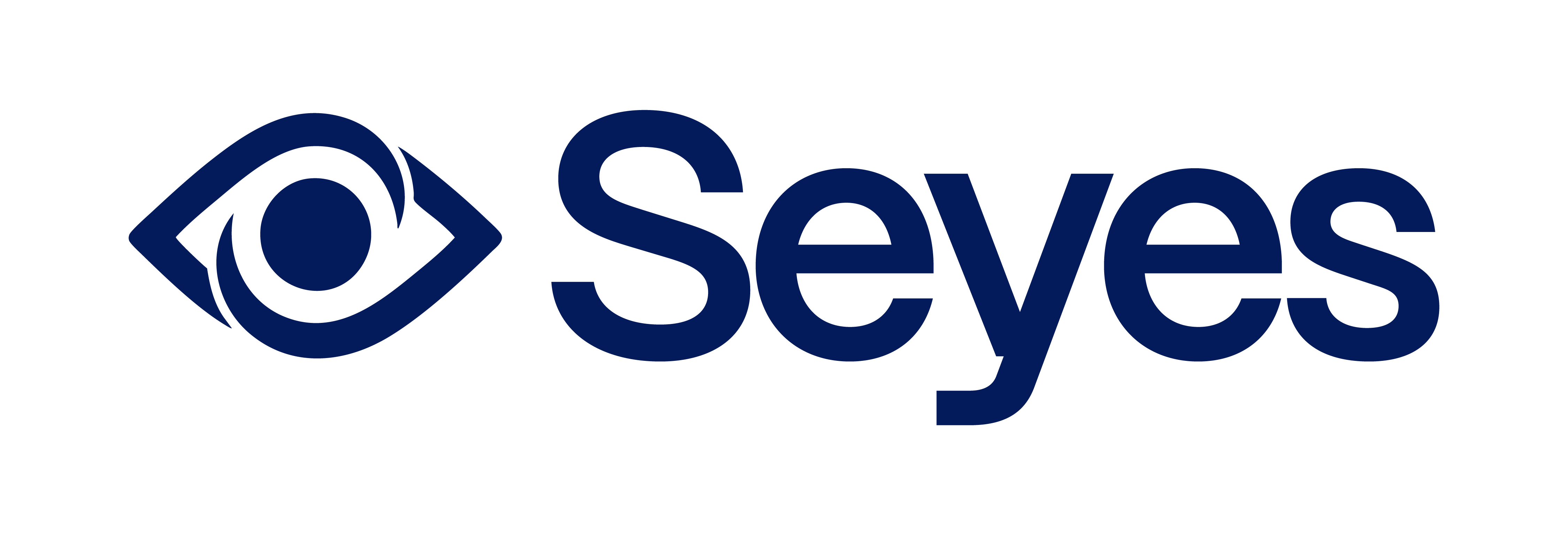Dry Eye 101: Everyday Fixes That Help

1. TL;DR
Dry eye usually comes from a combo of evaporation (oily layer issues) and/or not enough tears. Most people feel better with: blink breaks on screens, a warm compress + lid hygiene, the right preservative-free drops, and small changes to lighting and airflow. If symptoms persist or impact vision, see an eye-care professional.
2. What is dry eye?
Your tear film has three layers: oil (keeps tears from evaporating), water (moisture), and mucin (helps spread tears). Problems in any layer can cause dryness, burning, fluctuating blur, or grittiness. Contact lenses and long screen sessions can amplify symptoms by reducing blink rate and stability.
3. Common symptoms & self-checks
- Stinging, burning, or scratchy sensation
- Watering (yes—reflex tearing can follow irritation)
- Intermittent blur that clears after blinking
- Light sensitivity, redness, or foreign-body feeling
- Contact lens discomfort later in the day
Self-check: During computer use, notice if you’re “staring” and not blinking fully. Try 10 slow, complete blinks every 20–30 minutes.
4. Everyday triggers to watch
Fans/AC/heaters blowing toward your face dry the tear film faster.
Reduced blink rate and wide eyes = more evaporation.
Indoor humidity below ~40% often worsens symptoms.
Residue at lash line can block oil glands.
Lens material/fit or long wear times may increase dryness.
Rubbing eyes and histamine release destabilize the tear film.
5. A simple daily routine (AM / Workday / PM)
AM (5–7 minutes)
- Warm compress for 5 minutes (clean, warm—not hot—washcloth or a microwaveable eye mask).
- Gentle lid hygiene (approved lid wipe/foam) along the lash line—don’t scrub hard.
Workday
- 20–20–20 rule + 10 slow, full blinks each break.
- Place the monitor 20–28 inches away, slightly below eye level.
- Use preservative-free lubricating drops as needed; avoid air directly on your face.
Evening
- Repeat warm compress if eyes feel heavy or sore.
- Consider a thicker gel/ointment at bedtime if recommended by your clinician.
Safety tip: If you use an eye mask, follow the manufacturer’s heating instructions and check temperature on your wrist first.
6. Artificial tears: how to choose
- Preservative-free vials are gentle and a good first choice for frequent use.
- Gels/ointments last longer but can blur vision—best for bedtime.
- “Redness relief” drops are not lubricants; avoid overuse unless advised by your clinician.
Read the label: If you have allergies or wear contacts, choose products compatible with your lenses and situation.
7. Contact lens tips
- Discuss material and fit with your provider; some lens types hold moisture better.
- Use rewetting drops made for contacts; avoid generic drops not marked “for contact lenses.”
- Shorten wear time on heavy screen days, and replace lenses on schedule.
8. Home & office environment tweaks
- Target indoor humidity ~40–50%; consider a small humidifier near your workspace.
- Position fans/vents away from your face; avoid sitting directly under AC.
- Use a desk lamp to balance overall room lighting and reduce glare.
9. When to see an eye-care professional
Book an exam if you have persistent burning, pain, light sensitivity, frequent blur, new redness, or if symptoms don’t improve with the steps above. You may need prescription therapy, meibomian gland treatment, or evaluation for other causes.
10. FAQs
Is dry eye permanent?
It’s often chronic but very manageable. Many people feel better with consistent routines and occasional treatment.
Do blue-light filters fix dry eye?
They can improve comfort for some, but dryness mainly improves with blinking, lubrication, warm compresses, and environmental tweaks.
Can diet help?
General nutrition and hydration support overall eye comfort. For research context on omega-3s and eyes, see our Science page.
Who do I contact for product or order questions?
Visit our contact page or email support@getseyes.com.
Explore more
- Science
- Ingredient Sources & Transparency
- Lab Tests & Certifications
- American Foundation for the Blind
- Contact Us
Disclaimer: Educational content only; not medical advice. For personal guidance, consult your eye-care professional.

